In our previous article, ‘Building Smarter Workplaces for the Digital Age’ (http://memoori.com/building-smarter-workplaces-digital-age/), we introduced a ‘Framework for Workplace Concepts’, developed by Dr Jacqueline Vischer, University of Montreal (The Concept of Workplace Performance and Its Value to Managers, California Management Review, Vol 49, No. 2, Winter 2006). It is summarised in Figure 1.
[caption id="attachment_3034" align="aligncenter" width="700"]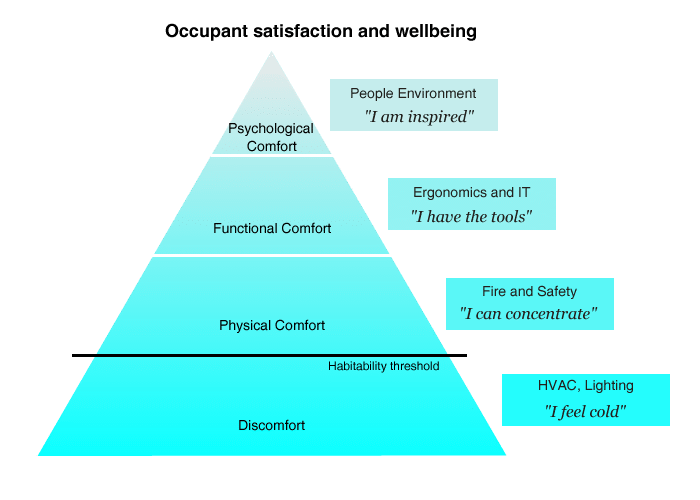 Figure 1 - Drivers of Industry Disruption[/caption]
Figure 1 - Drivers of Industry Disruption[/caption]
The highest state in the model, Psychological Comfort, involves people and is dynamic and messy, subject to rapid societal and technological changes. These changes, summarised in Figure 2, are disrupting the office industry, while Figure 3, by Knoll, quantifies the rates of change of various influences on the workplace.
[caption id="attachment_3035" align="aligncenter" width="700"]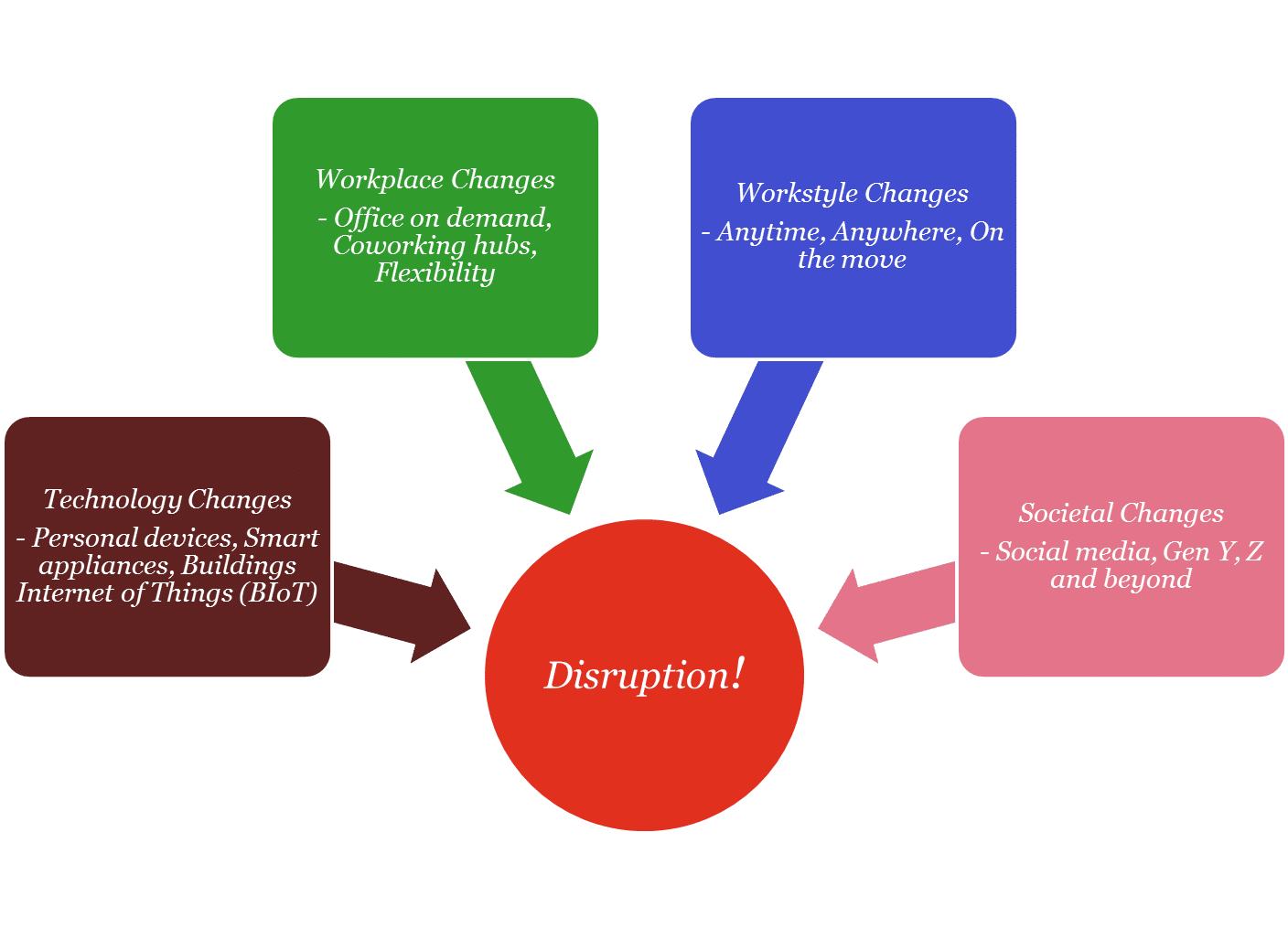 Figure 2 - Drivers of disruption in the office industry[/caption]
Figure 2 - Drivers of disruption in the office industry[/caption]
[caption id="attachment_3036" align="aligncenter" width="700"]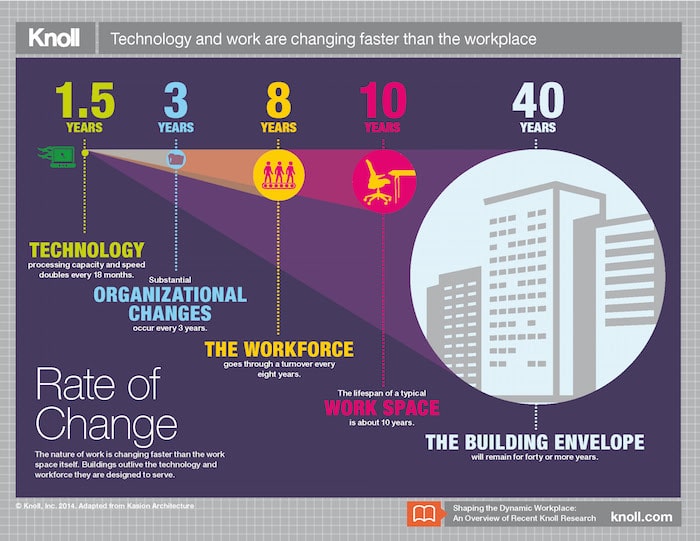 Figure 3 - Rates of change of influences on the workplace
Figure 3 - Rates of change of influences on the workplace
http://www.knoll.com/knollnewsdetail/shaping-the-dynamic-workplace[/caption]
Buildings Technology
Buildings appliances and information systems are continuously changing: utility controls, elevator management, climate control, AV, IT and communications, ERP etc, as depicted in Figures 4 and 5.
[caption id="attachment_3037" align="aligncenter" width="700"]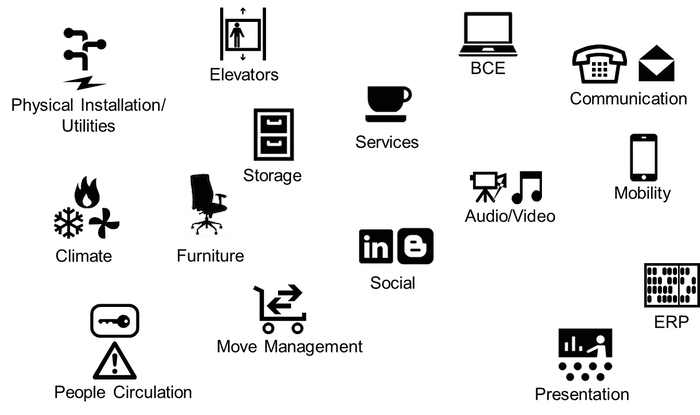 Figure 4 - Changes Everywhere[/caption]
Figure 4 - Changes Everywhere[/caption]
[caption id="attachment_3038" align="aligncenter" width="700"]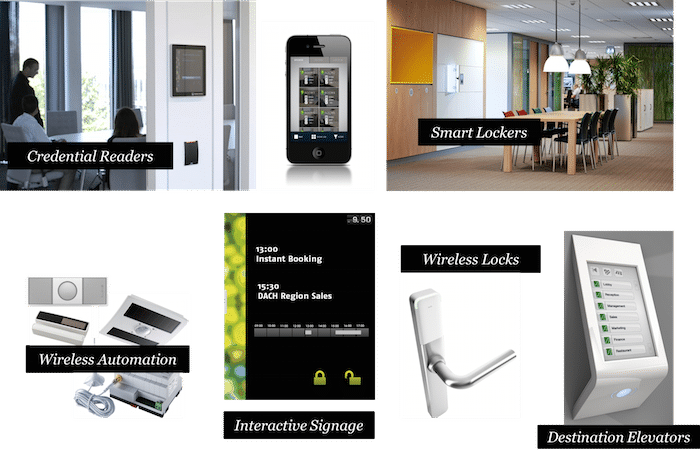 Figure 5 - Pervasiveness of automation[/caption]
Figure 5 - Pervasiveness of automation[/caption]
Unfortunately, the full benefits of technology improvements are not being realised because of limited interconnectedness between these systems, as well as a continuing focus on the lower levels in Vischer’s model, Discomfort and Comfort, instead of Functional and Psychological Comfort. As a consequence, office buildings and work processes remain inefficient in time, space and energy, and frustrating for users
Digital Hope
In their report "The Internet of Things in Smart Buildings 2014 to 2020" Memoori introduced the infographic, The Internet of Things in Commercial Buildings (BIOT).
It depicts how things could be in a truly Smart Building if the different systems, represented by the different lines, could be interconnected by the dotted ‘circle line’. Developing such connectivity, though, has been a hurdle because it calls for multiple competences, rarely found in a single organisation: office IT, buildings appliances, buildings regulations, software development and knowledge of occupancy behaviour.
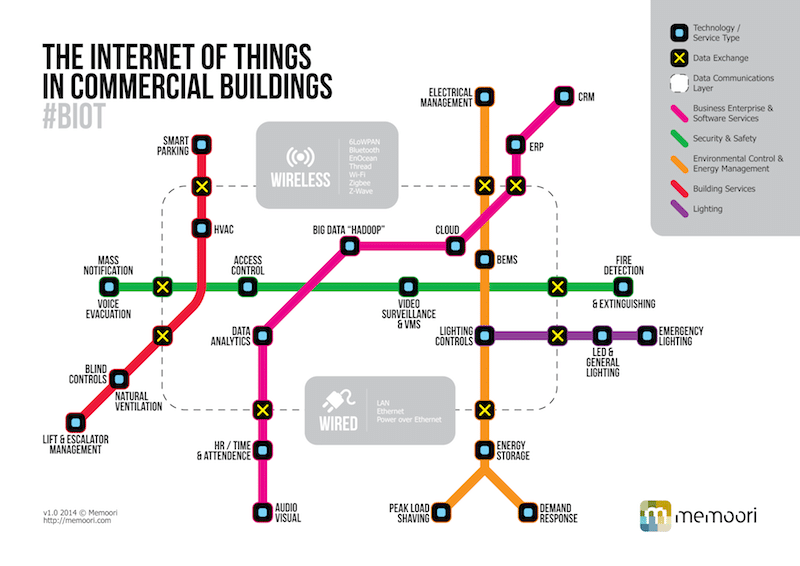
Because of the absence of interconnectedness between systems, to date the Internet of Things (IOT) has found only spot solutions of remotely controlling single appliances, such as access control, car park barriers controlled by automatic number recognition, room climate, home automation, etc. Consider Mercedes and Nest, http://nest.drivestyleapp.com/, who together enable you to control your house temperature from the car. In practical terms, though, it is not obvious who would be responsible for installation, setting up connectivity, commissioning and subsequent servicing. And if something goes wrong, who comes out - a plumber or a car mechanic?
While spot solutions can clearly be useful, many have been trivial, as discussed by Ved Sen in ‘The Internet of Things – Hype & Hope’, where he concludes: “I just hope we use this to solve some of the bigger problems we face - the energy crisis, caring for an ageing population, getting supplies more efficiently to the needy, across the world. And not spending too much time debating whether our kettle should gossip with our washing machine.”
In a future article we will describe how BIOT can tackle the big, global problems of conserving space, energy and time, and the place to start is to look at our approach to designing workplaces and our understanding of how we work.
Concluding Remarks
The rapid changes brought about by digital technology is disrupting the office industry, where lease periods have dropped from 25 years and more to as little as 30 minutes in offices on demand, and personal workstyles of anytime, anywhere and on the move trump compulsory attendance at fixed workplaces at fixed times. As a consequence, economic cycles apart, office vacancies are rising.
Yet, digital technology also holds the solution as it enables us to measure and understand how workplaces are actually used, while automation has the potential to create workplaces that we would like, so we are free to do our work effectively. That potential has yet to be realised because of the absence of connectedness between different building systems, as highlighted by the dotted circle line in the map above. That said, there is a circle line out there, which we will describe in a future article.
This article was authored by Vishal Mallick PhD & Raja Bose MSc, MBA from Performance Buildings AG, whose technology enables new services for users and reduces consumption of resources in buildings. The article was edited by and 1st published on Memoori.



